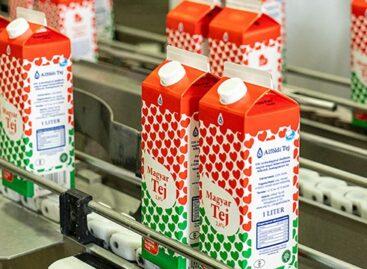EY: A mild recession, but a sluggish recovery awaits businesses
Companies in Europe have to face a short and mild economic downturn, which is, however, only followed by a slow recovery, reads the international study by EY. The Central and Eastern European region, including Hungary, is more severely affected by the crisis, which is why companies must seize all available resources to survive, and they must also become more efficient and greener in order to emerge stronger from the crisis.

Based on EY’s forecast, GDP growth in the euro zone will drop from 3.3 percent last year to zero this year, and will reach 2 percent by 2024. A decrease of 0.7 percent is expected between October 2022 and March 2023, which predicts a short and mild economic downturn in the zone. Behind the more subdued weakening are the strong labor market, the significant drop in raw material prices, and the governments’ economic and consumer protection measures. However, a milder recession will be followed by only a slow recovery as higher energy prices continue to hold back growth. Hungary, the Czech Republic, Romania, Croatia, Italy and Germany feel the effects of this the most.
Related news
Artificial intelligence will also transform taxation
🎧 Hallgasd a cikket: Lejátszás Szünet Folytatás Leállítás Nyelv: Auto…
Read more >EY: There is a climate plan, but little real action
🎧 Hallgasd a cikket: Lejátszás Szünet Folytatás Leállítás Nyelv: Auto…
Read more >Comprehensive tax changes from 2026: significant relief, new benefits and stricter tax requirements
🎧 Hallgasd a cikket: Lejátszás Szünet Folytatás Leállítás Nyelv: Auto…
Read more >Related news
Crowds return to stores: margin cap and year-end preparations drive retail traffic
🎧 Hallgasd a cikket: Lejátszás Szünet Folytatás Leállítás Nyelv: Auto…
Read more >The kings of the New Year’s Eve list: hot dogs and champagne in abundance
🎧 Hallgasd a cikket: Lejátszás Szünet Folytatás Leállítás Nyelv: Auto…
Read more >The Alföldi Tej case is drifting towards an uncertain outcome
🎧 Hallgasd a cikket: Lejátszás Szünet Folytatás Leállítás Nyelv: Auto…
Read more >






